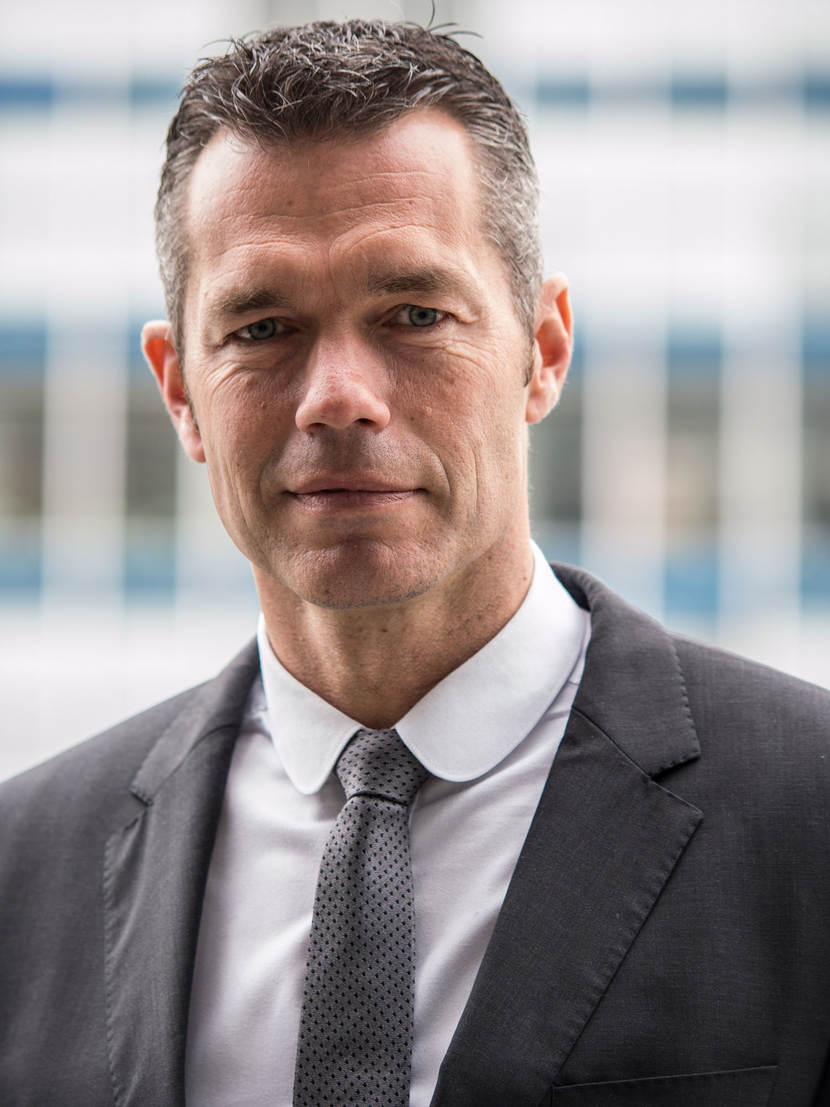
Serge Hoogendoorn
- Works at
- Delft University of Technology
A short interview with...
Scientific challenges for KiM
The world around us is rapidly changing. Fundamental changes result from various societal, political, economic and technological trends, including in mobility and the transport system. Far-reaching connectivity renders concepts like ‘Mobility as a Service’ (MaaS), shared cars, e-shopping and teleworking possible. These are concepts that can potentially have a huge impact on our transport system, on both the supply and demand sides.
In addition, we observe that urbanisation is occurring worldwide, and with it comes various opportunities and risks. There is a slowly dawning awareness that the major problems are not between cities, but rather manifest in cities, as they pertain to accessibility (including reliability and resilience), liveability, ‘safety’ and ‘security’. Interestingly, the greatest opportunities for modalities, such as cycling, public transportation and shared cars (or combinations thereof), are in cities. Finally, the self-driving car cannot be overlooked; although experts do not expect self-driving cars to rapidly arrive on the market, it is clear that the ‘car’s car’ will ultimately emerge on a large scale. How this will transpire in our congested cities is a fascinating question.
The key scientific challenges stem from these trends; consequently, at issue are insights into changes in mobility and accessibility over the next 5 to 20 years. We must consider what instruments are needed to discern these trends. We also need instruments to determine which policy interventions are required to accelerate favourable developments, and delay the unfavourable ones. Crucial to this is an understanding of how car drivers will react to changes in the system and to new services, such as ‘Mobility as a Service’. MaaS’s new services offer car drivers immediate alternatives, including bicycles, trains, tram/metros, shared cars and taxis, thereby raising new questions: which – possibly latent – groups are being served and what are these groups’ characteristics? How can we discern this? What data is required? And how can we use new data sources?
In addition, it is interesting to discern how mobility is impacted by the economy, climate, health care and political change. How can we quantify the consequences of such developments?
A complicating factor in all of this is that the classic divide between the ‘demand-side’ and ‘supply-side’ is becoming increasingly blurred, which means that for us to solve strategic questions, we must have better insights into how traffic behaves. We have recently taken good steps in that direction by taking a more aggregated approach to describing how traffic deviates in networks. Consequently, we are able to use simpler methods to characterize the traffic in networks.
Research to be proud of
In terms of scientific research, our work has had the greatest impact on the observation and modelling of pedestrian flows. Our new method of collecting data, new empirical insights into the fascinating phenomena we observe in pedestrian flows, our innovative models and control concepts have all led to numerous articles in leading scientific journals. This work however has also had a major social impact, such as advising during the Hajj, the annual pilgrimage to Mecca, and the development of a ‘Crowd Monitoring Dashboard’ during SAIL and Queen’s Day, held in Amsterdam.
And this is – in a sense – a stepping stone to the new research themes we are currently developing. These research themes - which we (partly) pursue under the banner of the Amsterdam Institute for Advanced Metropolitan Solutions (AMS) - are comprised in three research programs: ALLEGRO, SCRIPTS and TRANSFORMS (respectively pertaining to ‘Active Mode Mobility’, ‘Demand Responsive Public Transport’ and ‘Seamless Transfers’). Over the past five years I have initiated a transition from ‘Traffic Operations and Management’ to the domain of ‘Smart Urban Mobility’, of which these three program form an integral part. For the latter two, my colleagues, Niels van Oort and Oded Cats (both from Delft University of Technology), have a crucial role to play.
We work on projects in a large team (12 PhDs and 6 Postdocs), and - even though we have only been engaged in this for eighteen months - we have already achieved fine results in the area of data collection (as part of the ‘Urban Mobility Lab’) and modelling. I am perhaps most proud of the fact that in successfully setting up these large programs, we have established a new and important field of research.
Affinity with KiM’s core research themes
I have the most affinity with the core research themes ‘Modelling and data’, ‘Policy evaluations and assessment frameworks’, and ‘Sustainable mobility, safety and transition’.
Position and core scientific research
Since September 2016, I am one of four ‘Distinguished Professors’ at Delft University of Technology, a position in which I engage with ‘Smart Urban Mobility’. I partly conduct this work at Delft University of Technology and partly at AMS, where I serve as ‘Principal Investigator Urban Mobility’. Moreover, I hold the ‘Traffic Operations and Management’ chair, engaging in observation, modelling and the management of traffic in networks, with traffic being understand to encompass all modalities. In order to map this, we conduct comprehensive behavioural research, with an emphasis on driving, walking, cycling and route-choice behaviour (in a program like ALLEGRO, we already study more strategic behaviour, the mobility-spatial planning relationship, et cetera).
This research is always characterised by the cycle that we go through: observation, theory and modelling, interventions, and, again, observation. Traffic and transport management is an inductive science and therefore must include empirical research. Consequently, empirical research is virtually always the foundation of our scientific work.
Scientific background
I studied mathematics at Delft University of Technology, specialising in measurement and control technology, before receiving my PhD from the Faculty of Technology and Geosciences. During my graduate research I developed a new ‘multi-class’ traffic flow theory. Subsequently, I began to delve deeper into pedestrian flows, new control concepts for network-wide dynamic traffic management, evacuation management, the observation of traffic, and presently urban mobility.